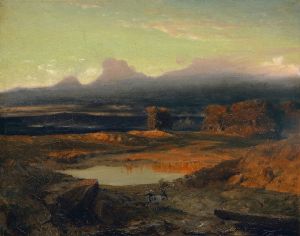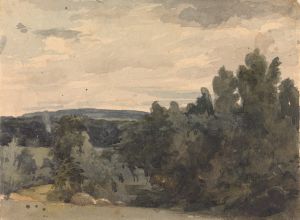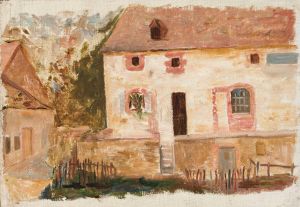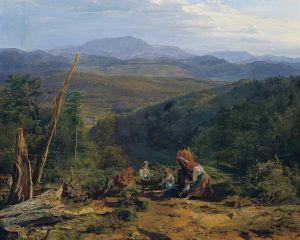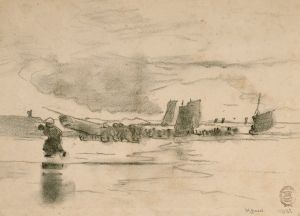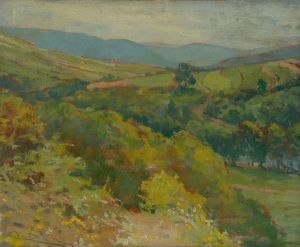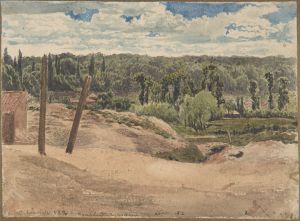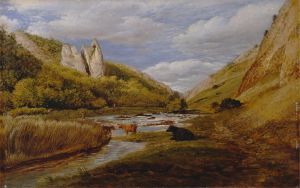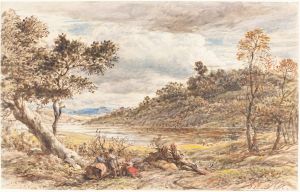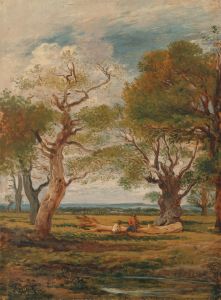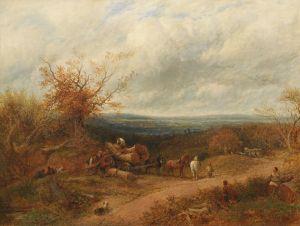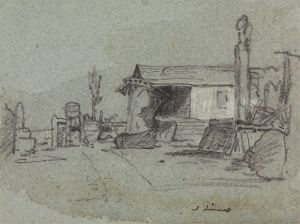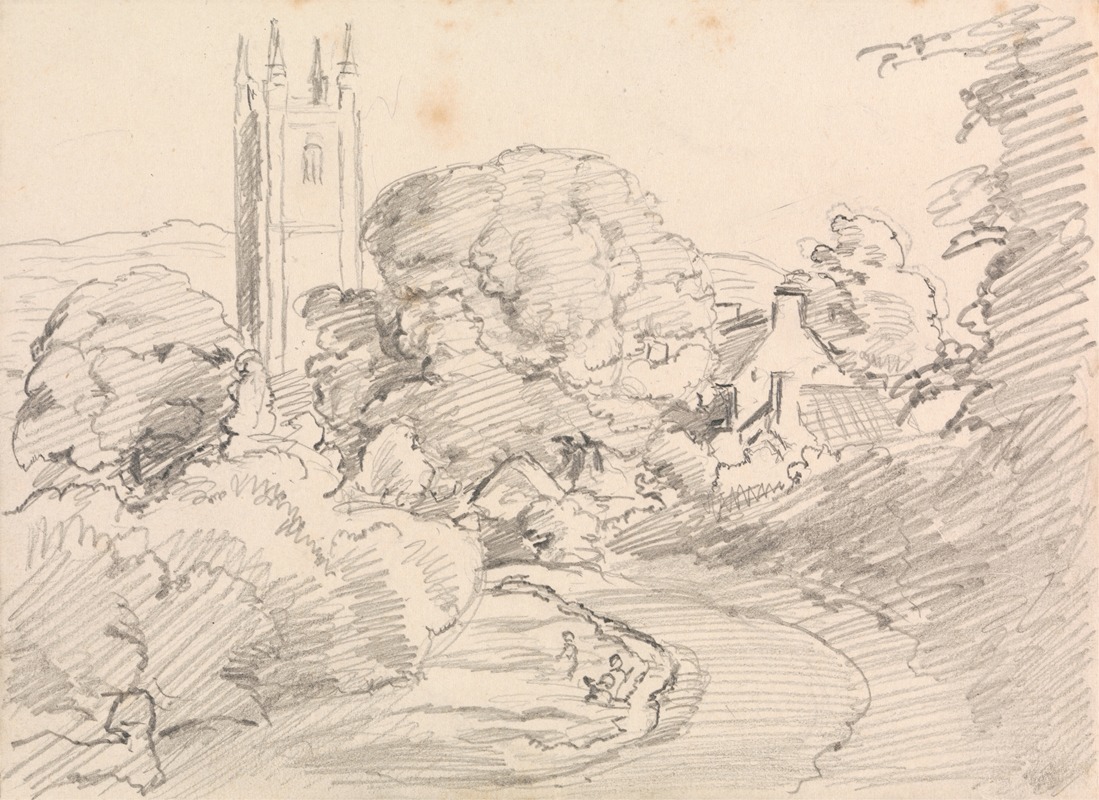
Widecombe Village
A hand-painted replica of John Linnell’s masterpiece Widecombe Village, meticulously crafted by professional artists to capture the true essence of the original. Each piece is created with museum-quality canvas and rare mineral pigments, carefully painted by experienced artists with delicate brushstrokes and rich, layered colors to perfectly recreate the texture of the original artwork. Unlike machine-printed reproductions, this hand-painted version brings the painting to life, infused with the artist’s emotions and skill in every stroke. Whether for personal collection or home decoration, it instantly elevates the artistic atmosphere of any space.
John Linnell's painting "Widecombe Village" is a notable work by the English landscape and portrait painter, who was active during the 19th century. Linnell, born in 1792, was a prominent figure in the British art scene, known for his detailed and atmospheric landscapes, as well as his portraits. He was part of a generation of artists who were influenced by the Romantic movement, which emphasized the beauty and power of nature.
"Widecombe Village" captures the essence of rural life in England during Linnell's time. The painting depicts the village of Widecombe-in-the-Moor, located in the Dartmoor National Park in Devon, England. This area is known for its picturesque landscapes, rolling hills, and historical architecture, making it a popular subject for artists seeking to capture the quintessential English countryside.
Linnell's work is characterized by his meticulous attention to detail and his ability to convey the mood and atmosphere of the scene. In "Widecombe Village," he employs a rich palette of colors to bring the landscape to life, highlighting the natural beauty of the area. The painting likely features elements typical of Linnell's style, such as a focus on natural light and shadow, which adds depth and dimension to the scene.
Throughout his career, Linnell was known for his ability to blend realism with a sense of romanticism, creating works that were both true to life and imbued with a sense of wonder. His landscapes often reflect his deep appreciation for nature and his desire to capture its transient beauty. This approach is evident in "Widecombe Village," where the interplay of light and shadow, along with the careful rendering of natural elements, creates a vivid and immersive experience for the viewer.
Linnell's contribution to the art world extends beyond his paintings. He was also a mentor to several younger artists, including Samuel Palmer, and played a role in the development of the British landscape painting tradition. His works are held in high regard for their technical skill and emotional depth, and they continue to be studied and appreciated by art historians and enthusiasts alike.
"Widecombe Village" is a testament to Linnell's skill as a landscape painter and his ability to capture the spirit of the English countryside. While specific details about the painting's creation and current location may not be widely documented, its significance lies in its representation of Linnell's artistic vision and his contribution to the Romantic landscape tradition.
In summary, "Widecombe Village" by John Linnell is an exemplary piece that showcases the artist's talent for depicting the natural world with precision and emotion. It reflects the beauty of the English countryside and stands as a significant work within Linnell's oeuvre, highlighting his role in the broader context of 19th-century British art.





